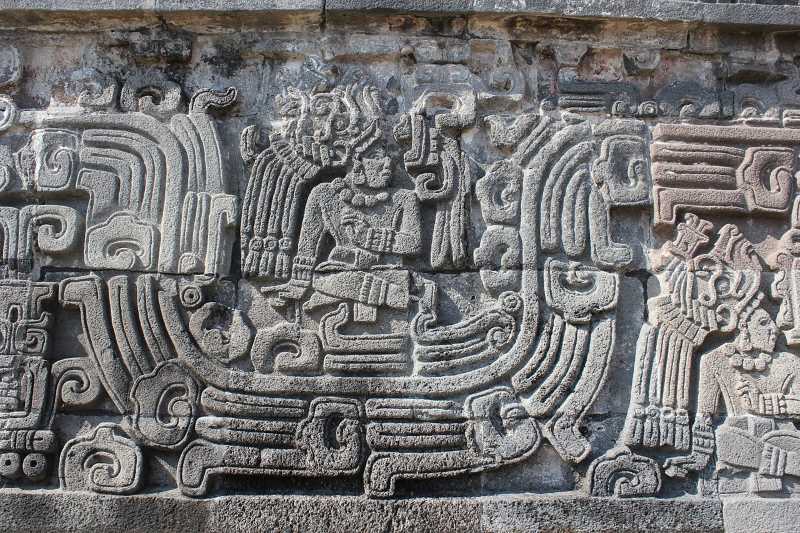The Wild Ups and Downs of Discovering Xochicalco
From its first exploration by José Antonio Alzate in 1777 to modern-day excavations, the ancient Mesoamerican city of Xochicalco has captivated historians and archaeologists alike. Situated atop a hill and fortified with ingenious natural defenses, the site is a treasure trove of temples.

In the annals of history, explorers and scholars have often taken on Herculean efforts to understand the world's hidden gems, be they under the earth or hidden in plain sight. One such remarkable endeavor began in 1777 with José Antonio Alzate, who set out to explore the ancient Mesoamerican city of Xochicalco. But the story doesn't end there; it stretches through centuries, bearing witness to historical struggles, academic debates, and, ultimately, an evolving comprehension of Mexico's rich indigenous past.
José Antonio Alzate was no ordinary adventurer. In 1777, he made one of the first explorations of Xochicalco, a city perched on a hill whose name in Nahuatl means 'in the place of the house of flowers.' His meticulous work, “Description of the Antiquities of Xochicalco,” published in 1791, became a groundbreaking text that vividly described the fortified city's ingenious natural defenses and notable structures.




